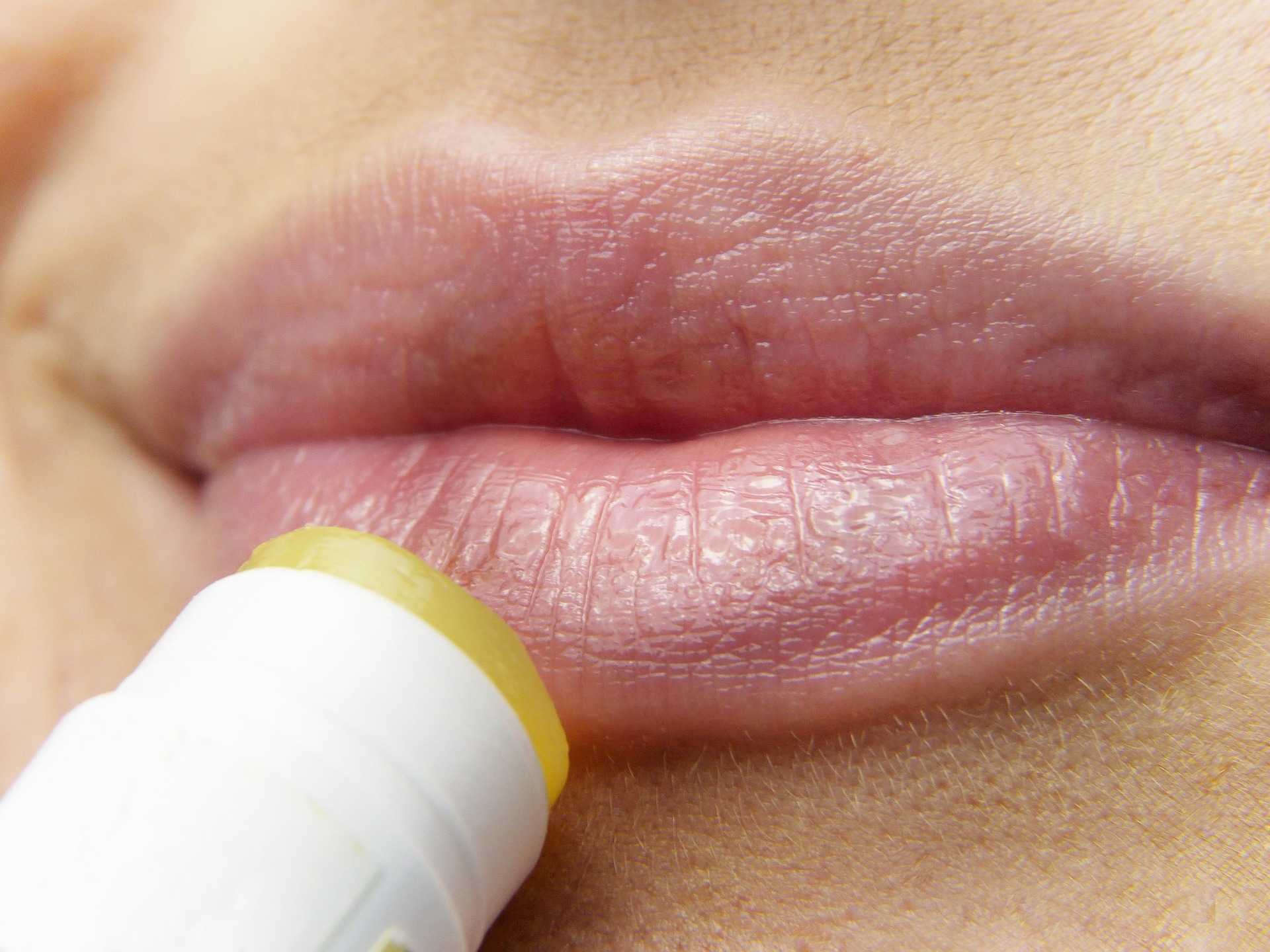Sustainable Personal Care: Choosing Low-Waste Products
Choosing low-waste personal care products helps reduce packaging waste, cut resource use, and support longer-lasting routines without sacrificing efficacy. This short guide covers how to evaluate skincare, haircare, and makeup choices, what ingredients and formats to prefer, and practical steps for reducing waste while maintaining hydration, protection, and sensitivity considerations.
What does sustainability mean for skincare?
Sustainability in skincare looks beyond single-use packaging to consider ingredient sourcing, manufacturing energy, and product lifespan. When selecting cleansers, moisturizers, and sunscreen, prioritize formulas with biodegradable ingredients, clear labeling about recyclable or refillable packaging, and concentrated formats that reduce shipping and storage impacts. Antioxidants and humectants such as vitamin C, niacinamide, and hyaluronic acid support hydration and skin health while allowing lower volumes of product to remain effective. For sensitive skin, simpler ingredient lists and transparent sourcing reduce the risk of irritation and environmental harm.
How can haircare be low-waste?
Low-waste haircare options include solid shampoo and conditioner bars, concentrated leave-in products, and refill programs. Solid formats eliminate bottles and often use minimal, compostable wrapping. Look for products formulated to balance cleansing and conditioning without heavy silicones if you prefer biodegradable options. Scalp-friendly formulas that respect sensitivity and preserve natural oils can decrease the need for frequent washing, which also saves water. Local services and refill stations in your area sometimes offer bulk haircare refills that cut single-use packaging while supporting small businesses.
Can makeup be low-waste for different skintone and pigments?
Makeup can be low-waste through refillable compacts, minimal packaging, and concentrated pigments that last longer. Brands offering refill systems let you replace only the product pan rather than the whole container, which reduces waste across diverse skintones and shade ranges. Choose powders or creams with stable pigment formulations to avoid overuse and prioritize ingredients with low allergenic potential for sensitive skin. Multipurpose products—tinted moisturizers with SPF, cream blushes that double as lip color—also shrink your routine and packaging footprint.
How do ingredients, antioxidants, and sensitivity connect to wellness?
Ingredient transparency matters for both personal wellness and environmental sustainability. Antioxidants support skin resilience; however, sourcing and formulation determine environmental impact. Prefer companies that disclose ingredient origins and avoid unnecessary synthetic preservatives when suitable alternatives exist. For those with sensitivity, patch testing concentrated products and selecting fragrance-free formulations lowers irritation risk. Wellness-focused routines that emphasize gentle cleansing, targeted exfoliation, and consistent hydration can reduce overall product use while supporting skin barrier health.
What are low-waste cleansing, exfoliation, and moisturizer options?
Choose cleansing balms, cleansing oils, and microbiome-friendly low-foam cleansers packaged in recyclable or refillable containers. For exfoliation, opt for chemical exfoliants in glass bottles or reusable applicators rather than single-use scrubs containing microplastics. Moisturizers in concentrated creams or oil blends can be applied sparingly while delivering effective hydration. Sunscreen remains essential: seek reef-safe formulas in recyclable tubes or refillable dispensers and prefer broad-spectrum protection appropriate for your skintone and lifestyle. Combining multifunctional products—hydrating serums that include antioxidants beneath a lighter moisturizer—reduces layers and packaging.
| Product/Service Name | Provider | Key Features | Cost Estimation |
|---|---|---|---|
| Solid Shampoo Bar | Ethique | Plastic-free bar, minimal wrapping, long-lasting | $8–$15 per bar |
| Refillable Compact Foundation | Kjaer Weis | Refillable metal compact, concentrated pigments | $60–$120 initial, refills $30–$50 |
| Refillable Deodorant | By Humankind | Refill pouches, recyclable packaging | $10–$15 monthly refill |
| Solid Sunscreen Stick | SunButter (example) | Portable solid stick, reduced tube waste | $10–$20 per stick |
| Minimalist Serums | The Ordinary | Simple formulations, glass bottles | $6–$30 per product |
Prices, rates, or cost estimates mentioned in this article are based on the latest available information but may change over time. Independent research is advised before making financial decisions.
Product selection and practical swaps to reduce waste
Start by auditing what you already own: use products fully before replacing, and prioritize swaps that reduce single-use plastic. Consider buying concentrated serums and moisturizers, switching to solid shampoo bars, and choosing refillable makeup systems. For sunscreen and pigments, select durable packaging and stable formulations so color and protection remain consistent. Reusable tools—washable cleansing pads, metal razors, and glass droppers—extend product life and lower ongoing waste. If local services provide refill stations or sample-free testing, these can reduce packaging and support circular models.
This article is for informational purposes only and should not be considered medical advice. Please consult a qualified healthcare professional for personalized guidance and treatment.
Conclusion Low-waste personal care balances effectiveness with longevity and environmental impact. By focusing on ingredient transparency, refillable systems, and multifunctional products across skincare, haircare, and makeup, you can simplify routines while reducing packaging and resource use. Thoughtful choices—paired with local refill options and mindful consumption—help maintain hydration, protection, and pigment needs without unnecessary waste.






